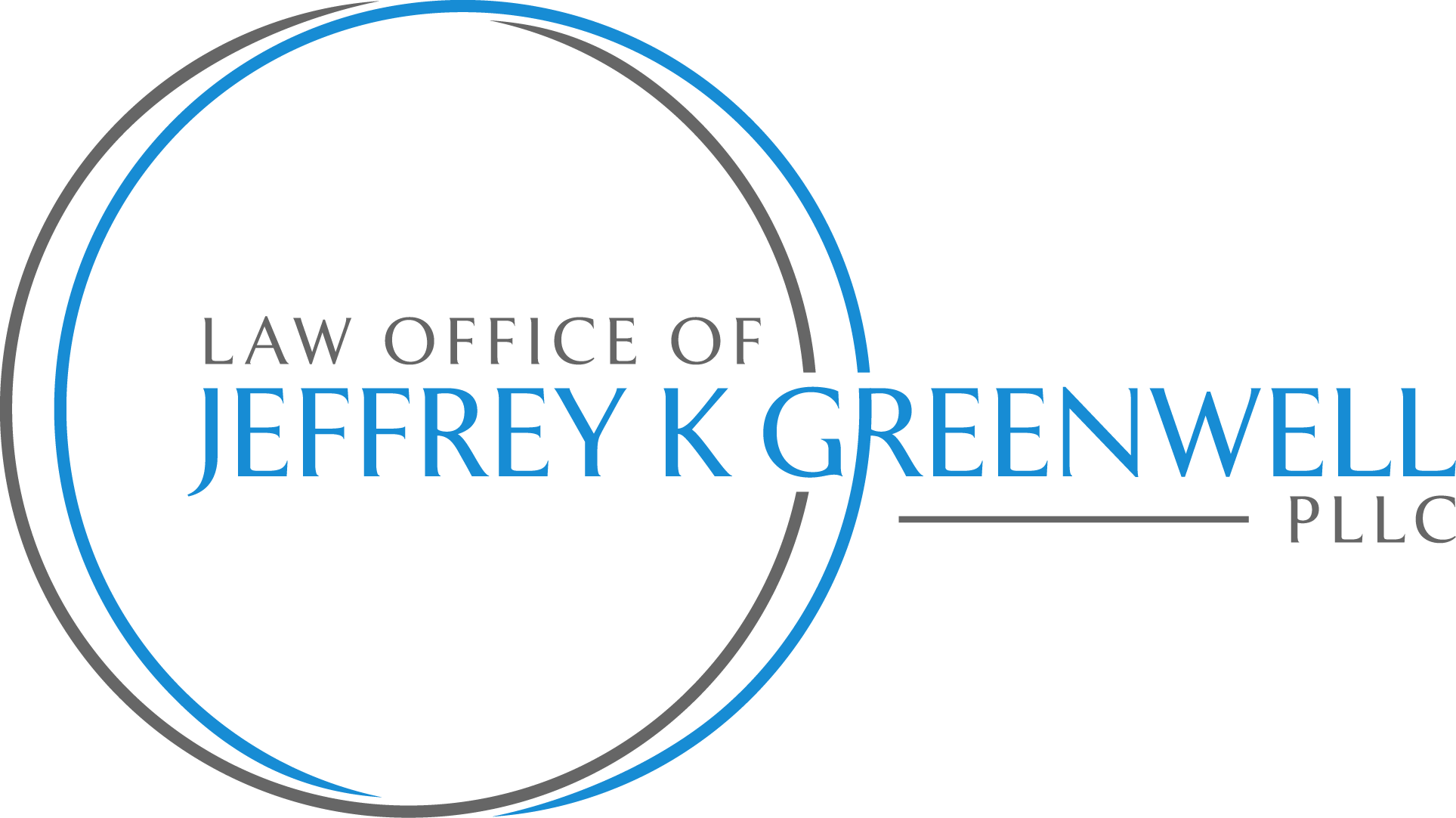If you don’t qualify for either Chapter 7 or 13, do you have to do a very expensive Chapter 11 reorganization? Or could you still qualify after all?
It’s true: Chapter 11 is dreadfully expensive. That’s part of the reason why people file them extremely seldom compared to Chapter 7 and 13. The court filing fee alone is $1,039 (increasing to $1,213 next month). The attorney fees can be tens of thousands of dollars. Why so expensive? Because Chapter 11 was designed for large corporate reorganizations, and, in spite of efforts to streamline it for smaller businesses and for individuals, it’s a cumbersome, attorney-intensive procedure. So it is usually sensible to avoid it if either Chapter 7 or 13 will serve your needs.
But what if you’re disqualified from those other two? IF you really ARE disqualified, then you may have to file under Chapter 11. But you may not be disqualified even if at first you think you are. So let’s look more closely at the qualification rules, especially as they apply to situations where at first it may look like you don’t qualify. Today we’ll give a broad overview about this as to both Chapter 7 and 13, and then in the next two blogs we’ll look more closely at each one.
Chapter 7 and the “Means Test”
The point of the quite complicated means test is to make people pay a meaningful amount of their debts if they have the “means” to do so. So those who do not pass the means test cannot file a Chapter 7 “straight bankruptcy,” or they can be forced out if. Instead they would usually have to proceed through Chapter 13, and be required to pay what they could afford to pay to their creditors over the following five years.
But the means test is often misunderstood. That’s not surprising given its multiple steps and odd combination of rigid formulas and discretionary enforcement. The following may help you understand it and potentially get around it:
- The means test may not even apply to you. It only applies to individuals with “primarily consumer debts,” meaning that you skip the means test altogether if half or more of your debts were incurred for business purposes instead of “primarily for a personal, family, or household purpose.”
- There’s a fixation on the first step of the means test—whether your income is above or below the “median family income” amount for your state and household size. Indeed a large majority of people who file Chapter 7 DO have lower income than the applicable median income. So they can skip the rest of the means test.
- The means test uses an odd and very specific definition of your income, one which focuses on the six-full-calendar-month prior to whatever date your Chapter 7 case is filed. This means that for many people their “income” shifts with each passing month, depending on the changes to their income of the past 6 or so months. So some careful tactical planning may enable you to fit under the median income amount by filing at the right time.
- Even if your income, as appropriately defined, is in fact over the applicable median income, that’s just the beginning of the analysis. There are a number of other steps to the means test, each with potential ways to pass the means test and qualify for Chapter 7. We’ll go through these additional steps in the next blog.
The Chapter 13 Debt Limits
At the time of filing a Chapter 13 case, your total unsecured debts must be less than $360,475, and your total secured debts must be less than $1,081,400 (with these amounts to change as of April 1, 2013).
As you can probably guess, there’s more to this than immediately meets the eye. For a start, the terms actually used by the statute for these limits are “noncontingent, liquidated secured debts” and “noncontingent, liquidated unsecured debts.”
Debtors with relatively high debt are often present or former business owners who signed personal guarantees for corporate debt. When are those guaranteed debts considered contingent and therefore would not count towards the debt limits, and when are they noncontingent so that they would count? And when is an unresolved claim against the debtor considered unliquidated so that they would not count towards the debt limits, and when are they liquidated so that they would count?
What these Chapter 13 debt limits really mean will be the topic two blogs from now.

